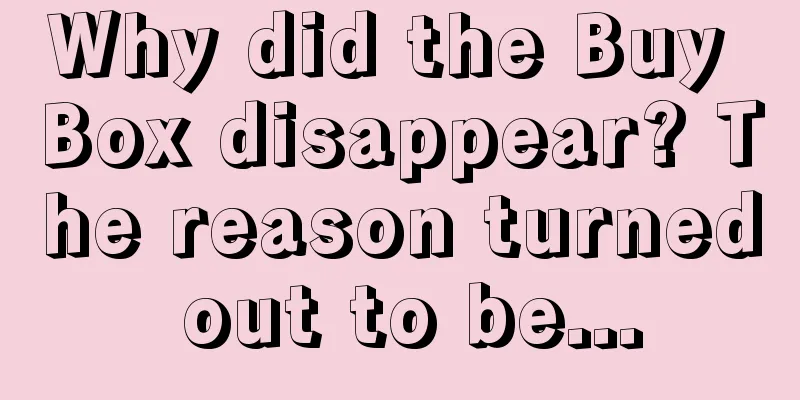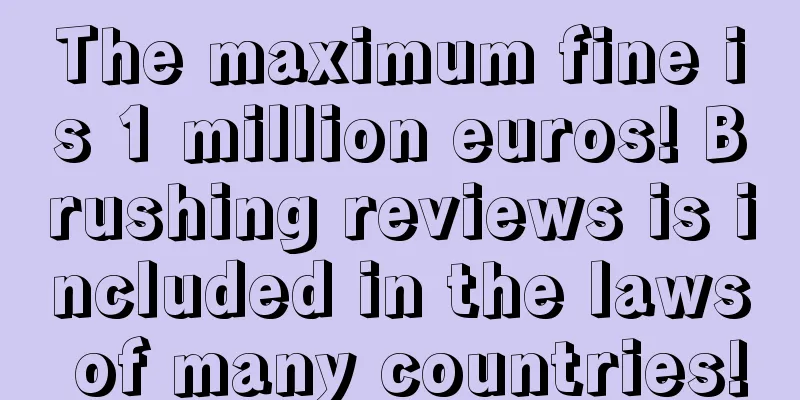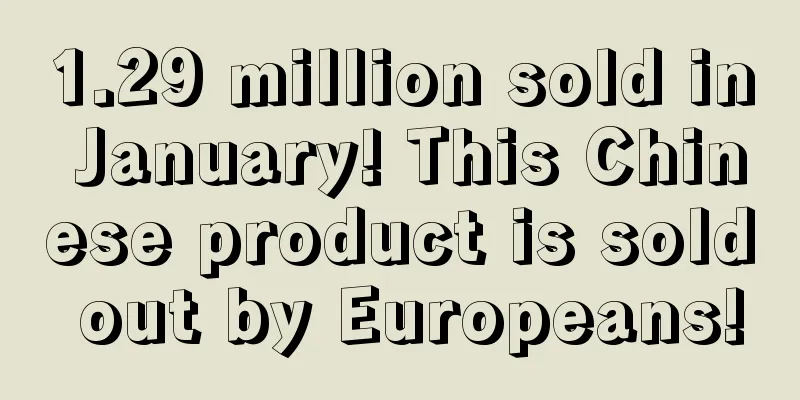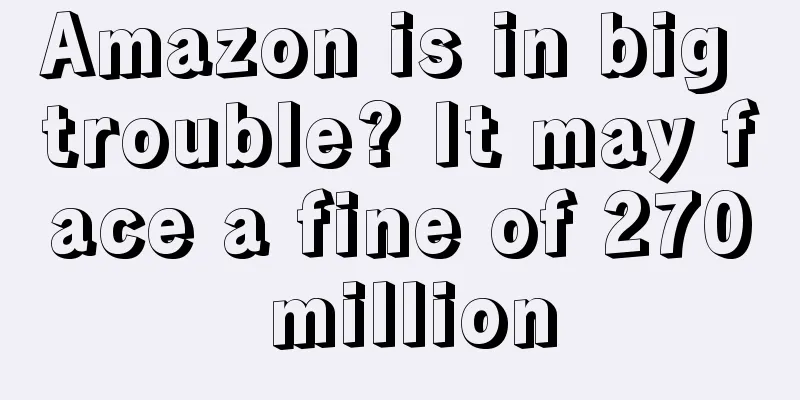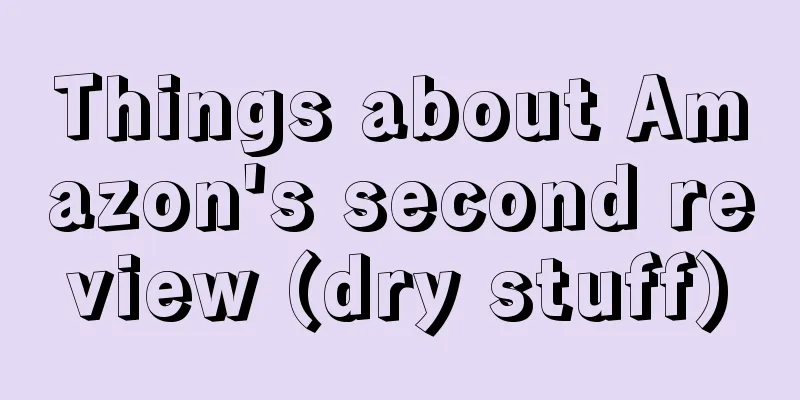Amazon's new performance indicator! Sellers are warned for product comparison pictures!

|
While most sellers are still focusing on price wars and advertising algorithms, a wave of store closures caused by "picture comparison" is sweeping the cross-border circle. The cause of this incident was that the seller found that he received a strange performance warning in his backend: Sales Policy and Seller Code of Conduct (attempting to harm or insult other sellers). This made him very confused. He had been working hard to run the store and strictly abide by the platform rules. How could he suddenly receive a violation warning? At first, he thought it was a malicious complaint from a competitor, but after carefully checking the store 's operations, he did not find any obvious violations. So, he used Amazon's CASE query function to ask the platform's customer service for the specific reason. After waiting for a while, he finally received a reply email from Amazon. The email clearly stated that "adding malicious keywords or images to harm or abuse other sellers, their product information or ratings is a violation of policy." In short, Amazon has very clear requirements for product comparison pictures. Sellers must strictly abide by these rules when making and uploading product comparison pictures to avoid stepping into illegal "minefields". Only under the premise of compliance can we better display product advantages, enhance the competitiveness of the store, and achieve sustainable development. |
<<: One battery, 60 million in compensation! Amazon's sky is falling due to its huge sales
>>: ACOS skyrocketed! Amazon advertising bids were automatically raised by 50%!
Recommend
Empty containers are piling up in the U.S., prices are plummeting! They will continue to fall in the coming months
<span data-shimo-docs="[[20,"美国空集装箱堆积如山价格暴...
What is hefawei? hefawei review
hefawei is an international B2C fast fashion e-com...
Another freight forwarder was arrested for a financial scandal! The loss was as high as 425 million yuan
Since the beginning of this year, logistics chaos ...
Desperate! Black Friday is coming, but the reviews are sold out!
01 Amazon's review control is getting stricter...
What is imc? Imc Review
Yingchi's parent company is Shenzhen IMC Inter...
What is a DUNS number? DUNS number review
The DUNS number is a nine-digit identifier unique ...
The Federal Reserve raises interest rates again! How will the peak season in the second half of the year go?
As the largest money-making market, the peak seaso...
What is PinGroupie? PinGroupie Review
PinGroupie is a super useful Pinterest tool that l...
Gift card spending continues to grow, with more than half of Americans planning to continue spending in 2023!
It is learned that according to data from Blackhaw...
What is Photobucket? Photobucket Review
Photobucket is a service website that provides ima...
Encountering Amazon’s dangerous goods audit? You must know these tips
Selling on Amazon means opportunities, but it als...
GMV surges 30%, Chinese sellers eye Russian cross-border e-commerce
When the domestic e-commerce and logistics markets...
After Member Day, sellers can stimulate sales and obtain long-tail traffic!
According to data from previous years, a few days ...
Temu faces the most stringent scrutiny! Whose "cheese" has been snatched?
Over the past year, Temu's rapid growth has be...
Holiday season spending expected to drop 17%! Are Canadians no longer able to buy?
<span data-docs-delta="[[20,"获悉,根据德勤发布的“20...
